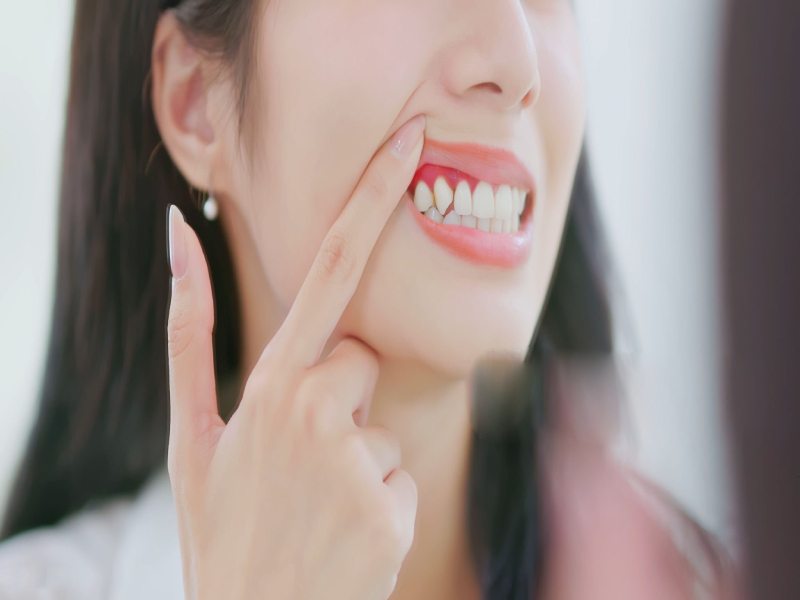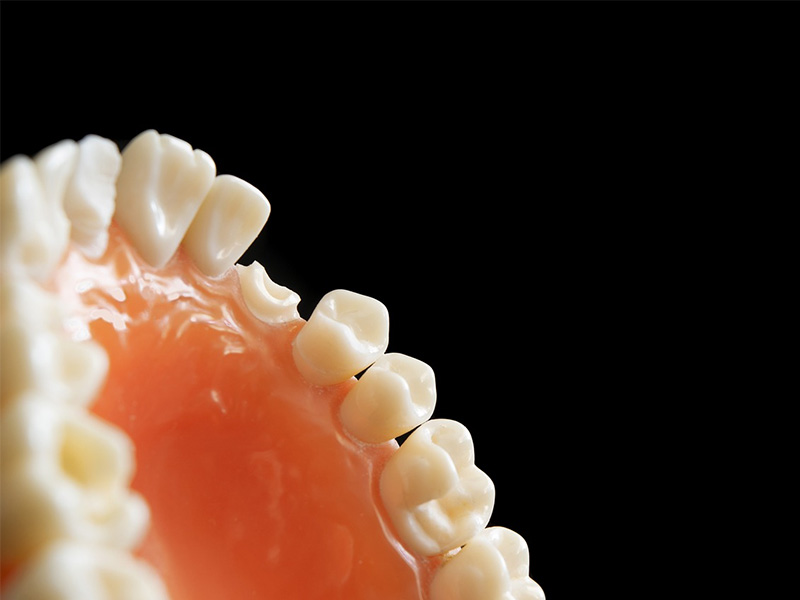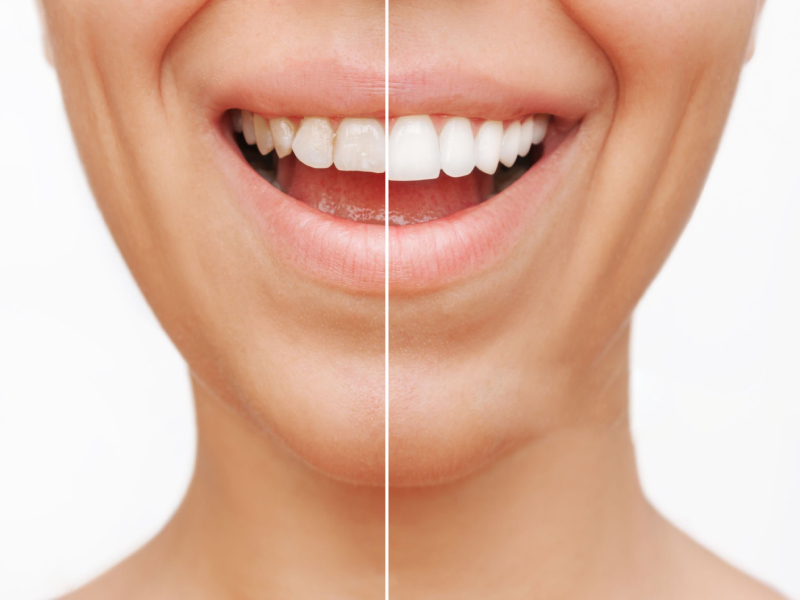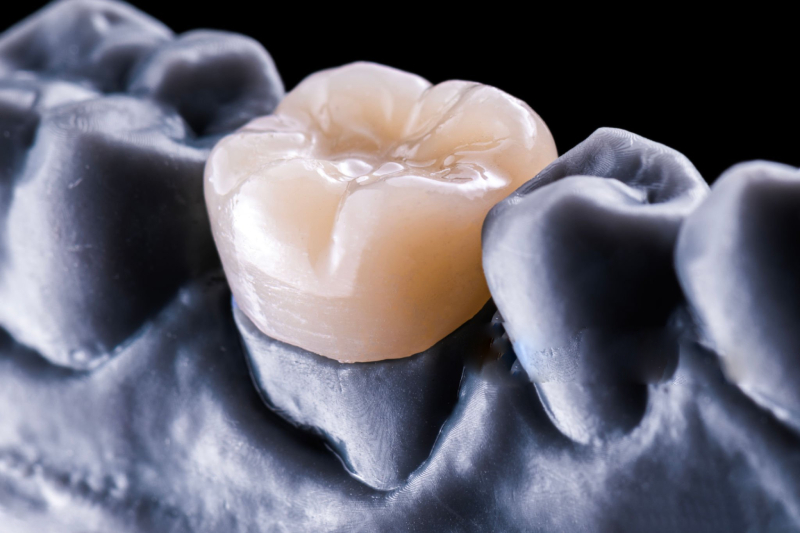
What Dental Issues Look Like: A Visual Guide to Common Oral Health Problems
Table of Contents
Introduction
If you’re anything like me, you probably don’t really think about your teeth until something feels off. Maybe you wake up with a sore spot, you see something weird in the mirror, or you get a zing of pain when you eat ice cream. Over the years, I’ve learned (the hard way, sometimes) that catching dental problems early can make a big difference. It can help you avoid a lot of pain, and save you from having to get more serious (and expensive) dental work later on.
In this article, I’ll go through what I’ve picked up about how to notice common dental problems, what they usually look like, and when you should see a dentist. Just so you know: I’m sharing my own experiences and the best info I’ve found, but this isn’t a replacement for seeing a dentist. If you see or feel something weird, don’t wait—call a dental professional.
Let’s jump in and help you give your smile the care it really needs!
Recognizing Common Tooth Problems
After spending a lot of time sitting in dentist chairs and learning from every trip, I’ve gotten pretty good at spotting the first signs of trouble. Here are some of the most common tooth problems I’ve had (and what they look like).
Tooth Decay (Cavities)
When my dentist first showed me what a cavity actually looked like, I was shocked. I always thought you’d see a big hole—but at first, cavities are much harder to spot.
What it looks like: At first, you might see small, chalky white patches on your teeth. That’s where minerals are starting to come out—a process called demineralization. As things get worse, these spots can turn brown or black. Eventually, you might see an actual hole or pit in the tooth.
Symptoms: Sensitive teeth (especially with sweet or hot/cold stuff), light pain when biting, and sometimes bad breath that won’t go away. Oddly, you might not feel anything until the cavity gets bigger.
I once ignored a dark spot on my back tooth for months, until a sharp pain made me go to the dentist. Turns out, what I thought was just a stain was actually a deep cavity.
Cracked or Chipped Teeth
Not too long ago, I bit down on an olive pit and felt a sharp pain—I’d chipped my tooth.
What it looks like: Cracks can be really hard to notice, especially if they’re small and on the top of your tooth. Sometimes, you only see a tiny piece missing or a faint line across your tooth. If the chip is bigger, the break is easy to see, and your tongue can usually feel the sharp edge.
Symptoms: Strong pain when you bite (it may come and go), sudden sensitivity, or just a rough patch when you run your tongue over your teeth.
One thing I’ve learned? Don’t wait to fix a chipped tooth. Even tiny cracks let in germs and lead to bigger issues.
Enamel Erosion
For years, I drank lemonade and energy drinks, not knowing the acid was eating away my teeth.
What it looks like: Teeth start to look dull and lose their shine. You might see the edges becoming see-through—like frosted glass. When enamel gets thin, the yellow underneath shows more, so your teeth might look more yellow even if you brush well.
Symptoms: Sensitivity to hot, cold, or sweet foods, and sometimes a smooth, slippery feeling on your teeth.
If you see this, try cutting back on fizzy or sour drinks and ask your dentist about ways to strengthen your teeth.
Dental Abscess
This was, by far, the worst dental pain I’ve had. It started as a dull ache, and then my jaw puffed up like a balloon in one night.
What it looks like: Watch out for a swollen bump (kind of like a pimple) on your gums, often full of pus. Sometimes, your cheek or jaw will be really swollen too. In bad cases, you might see redness or even pus coming out.
Symptoms: Really bad, throbbing pain. Fever. Swelling in your face or neck. A nasty taste in your mouth if the bump pops.
I found out the hard way that abscesses aren’t just painful—they can be dangerous if you don’t get help fast. If you think you have one, don’t wait. Go to the dentist right away.
Sensitive Teeth
For years, I lived with those quick “zaps” in my teeth every time I sipped something cold. Only later did I find out why.
What it looks like: Sometimes there’s nothing you can see, but you might notice your gums pulling back or some worn-down enamel where the root shows.
Symptoms: Sharp, quick pain when you eat or drink something hot, cold, sweet, or sour.
This can be a sign of cavities, enamel problems, or gum trouble—so don’t ignore it, especially if you see changes near the gums.

Visualizing Gum (Gingival) Health Issues
Your gums do a lot for you, but it’s easy to miss the early warning signs when there’s a problem. I’ve ignored my own gum troubles before, and I wouldn’t recommend it.
Gingivitis (Early Gum Disease)
There was a stretch where I got lazy with my flossing. The result? My gums turned red and swollen.
What it looks like: The gum line gets darker red than normal. Gums look puffy and bleed easy—like when you brush or floss.
Symptoms: Soreness and lasting bad breath. Your gums might hurt after brushing.
The good news? Gingivitis can be turned around! A good cleaning and getting back on top of my brushing and flossing set me straight.
Periodontitis (Advanced Gum Disease)
I’ve seen people go through this, and it’s a lot more serious than just itchy gums.
What it looks like: Gums start pulling away from your teeth, making them look longer. Sometimes you’ll see big spaces or pockets between teeth and gums. You might see pus or a tooth that feels wobbly.
Symptoms: Bad breath that won’t go away, your bite feels different, your gums bleed all the time, and your teeth are much more sensitive since the roots are open.
Periodontitis can mess with much more than your smile—it can hurt your whole health, so don’t let it slide.
Receding Gums
This really made me pay attention. As I got older, I noticed my teeth looked longer—like they were growing. Nope, my gums were actually pulling back.
What it looks like: Teeth look longer than before, and sometimes you can see the root where the gum used to cover.
Symptoms: More sensitive teeth, especially around where the tooth meets the gum.
Brushing too hard, gum problems, or even your genes can lead to this. My dentist told me how to brush softer and gave me toothpaste that helps with the sting.
Other Common Oral Conditions and Their Appearance
Over the years, I’ve seen friends and family go through lots of mouth problems—some that surprised me! Here are a few more things you might notice and what they look like.
Oral Sores and Lesions
Canker Sores
I get these from time to time, usually when I’m stressed.
- What it looks like: Small, round spots inside your mouth, usually white or yellow in the middle with a red border.
- Symptoms: They burn and sting especially when you eat sour foods.
Cold Sores (Fever Blisters)
I haven’t had one, but my sibling has.
- What it looks like: Small, liquid-filled blisters—usually in a group—on or around the lips.
- Symptoms: Itching, burning, then they scab up as they heal.
Oral Thrush
After antibiotics, I woke up one morning with a sore, white-coated tongue.
- What it looks like: Creamy white spots on your tongue, the inside of your cheeks, or sometimes the roof of your mouth. If you try to wipe them off, they might bleed a bit.
- Symptoms: Dry mouth, soreness, and a weird taste.
Oral Cancer Signs
Catching it early matters a lot. A family member found a sore that wouldn’t go away—and it turned out to be serious.
- What it looks like: Red (erythroplakia) or white (leukoplakia) patches that just stick around. Sometimes you’ll find a lump or spot that won’t heal. Oral cancer can also show up as an ulcer that’s still there after two weeks.
- Symptoms: Numbness, trouble chewing or swallowing, your voice changing, or even your teeth not matching up right.
If you have anything weird in your mouth that’s been there over two weeks—especially if it seems to be growing—see a dentist soon.
Malocclusion (Bite Problems)
When I was a kid, my front teeth were crooked and I had an overbite.
- What it looks like: Teeth that are crooked, crowded, far apart, or teeth that stick out. You can also notice crossbites or underbites.
- Symptoms: Sore jaws, trouble chewing, your teeth don’t fit together, or sometimes speech problems.
Braces and other treatments can fix this, but catching these problems early usually makes treatment easier.
Bad Breath (Halitosis)
You can’t always see it, but you sure know when it’s there. I’ve had some awkward moments.
- What it looks like: No real visual sign, but you might see why it’s happening—a coated tongue, rotten teeth, red or bleeding gums, or white spots.
- Symptoms: Bad taste or smell in your mouth, even after brushing.
Usually, gum disease, decay, or dry mouth is the cause. It takes more than a mint to solve it!
When to Seek Professional Dental Care
If I learned anything from all my trips to the dentist, it’s this: Some stuff just can’t wait.
See a dentist right away if you have:
- Bad or ongoing tooth pain.
- Swelling in your face, mouth, or neck.
- Fever with mouth symptoms.
- Can’t open your mouth well, chew, or swallow.
- Signs an infection is spreading (red streaks, more pain, or pus).
Even smaller problems—like bleeding sometimes or mild discomfort—shouldn’t be ignored. My dentist once spotted a cavity on a checkup, long before I noticed it. Catching things early saved me from getting a root canal.
Don’t wait for pain. Some dental issues sneak up on you. Make healthy habits and get cleanings at least twice a year.
Preventing Dental Issues: A Healthy Smile Starts Here
If I could talk to my younger self, I’d say this: Dental problems are much easier to stop early than to fix later. Here are habits that have helped me most:
- Brush twice every day with fluoride toothpaste, and brush gently.
- Floss every day to get rid of plaque and keep gums happy.
- See your dentist regularly—even if everything looks and feels fine. They can catch what you can’t see.
- Eat a good diet. Cut down on sugary and sour foods and drinks (sodas, sports drinks, juices).
- Drink enough water to avoid dry mouth (which helps bacteria grow).
- Protect your teeth in sports or if you grind your teeth at night—mouthguards help.
- Don’t smoke—it’s one of the main causes for gum problems and mouth cancer.
These might sound simple, but sticking with them really does work.
Conclusion
Learning how to notice dental problems before they get big has saved me time, cash, and pain—and you can do it, too. Knowing what healthy teeth and gums look like, spotting changes early, and keeping regular with your care can keep your mouth—and your health—in great shape.
Still, your own experience matters, but nothing beats what a dentist knows. If you notice something off or just have a feeling something’s wrong, don’t put it off—make that appointment.
Your smile isn’t just about looks—it’s a sign of your health and confidence. Let’s keep it looking good for years to come.








